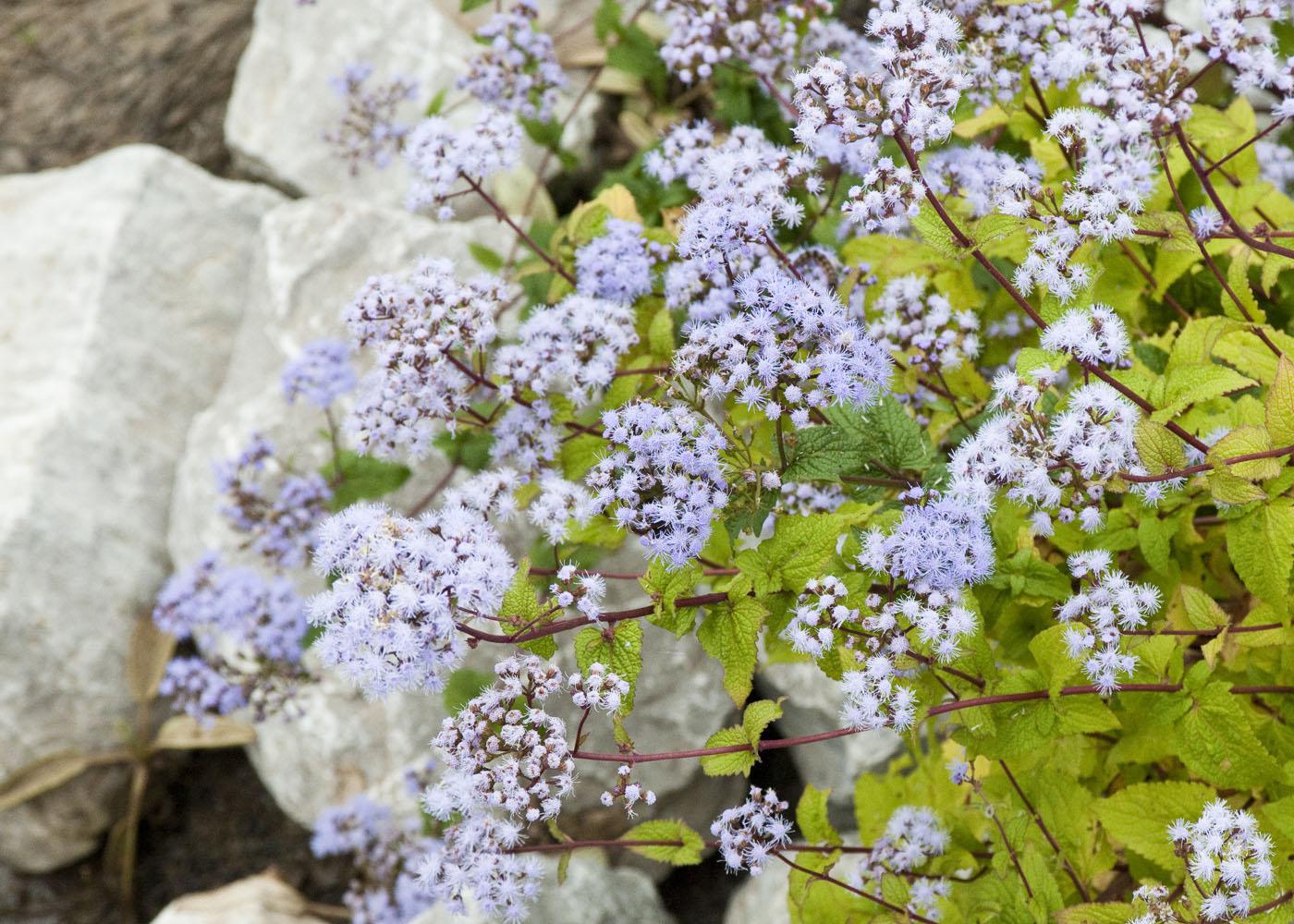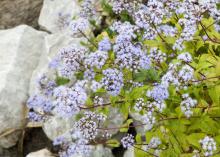Information Possibly Outdated
The information presented on this page was originally released on January 21, 2010. It may not be outdated, but please search our site for more current information. If you plan to quote or reference this information in a publication, please check with the Extension specialist or author before proceeding.
Plan early for beautiful 2010 landscape designs
Even though it’s cold outside, now is a good time to stroll through your yard with pencil and paper in hand, noting what worked and what didn’t in your landscape last year. Viewing it during the bare-bones winter season will help you see where changes should be made.
Now, I know you’re thinking you’re not a designer, but I say you are. This is your garden, so do what looks pleasing and functional to you. There is a tremendous amount of information on landscape design available in books and on the Internet, but you are the judge of what works for you.
Here are some easy tips to get started.
First, decide if your family’s needs are being meet. Do you want space to grow more fresh veggies, room for grilling and outdoor dining, or a ball field? Evaluate your space and write down your priorities.
Think of your landscape as an extension of your indoor living space. Plan outdoor rooms with plants or fences providing the walls. Even potted plants can direct traffic through these rooms.
Put plants with opposite textures, shapes and forms next to each other. Contrasting plants tend to show each other off. Classic examples are combining the upright, spiky forms of ornamental grasses with plants like Autumn Joy sedum or combining Siberian iris with peonies.
Use mass plantings of the same species unless you want to use one plant as a specimen or focal point. Groups consisting of odd numbers are more interesting than those of even numbers.
Group like colors of the same species together for a bold effect, although you can mix up colors if you like a more cottage-garden look. Edge mixed beds with the same plant or hardscape to tie it all together. A low fence or an edging of boxwood or monkey grass would work great.
Use plants that retain good foliage throughout the season. This will build an interesting framework of foliage so you won’t notice as many plants that tend to look scraggly after they bloom, like peonies and bearded irises.
Use flowing lines in landscapes for ease of maintenance and a professional look. Avoid sharp curves and corners that are difficult to maintain and harsh on the eye.
Plan for a focal point each month. This can be a plant of striking color or outrageous shape and form. Make sure the focal plant is highly visible and holds the eye. Place these by the front door, driveway entrance or a sitting area, or outside a favorite window where you can enjoy them from inside.
Cultivate gardening friends and pick their brains for suggestions of good plants. Duplicate landscape ideas and plant combinations you like. Visit botanical gardens and other public gardens in your area to get ideas.
After you have walked around the yard and have your ideas written down, bring in a gardening buddy whose opinion you respect. Review your plans and ideas together. You’ll both have fun with this, and your landscape will benefit from the extra thought and planning.
It’s better to know if you are headed down the right garden path before your grand plans are put into the ground.








